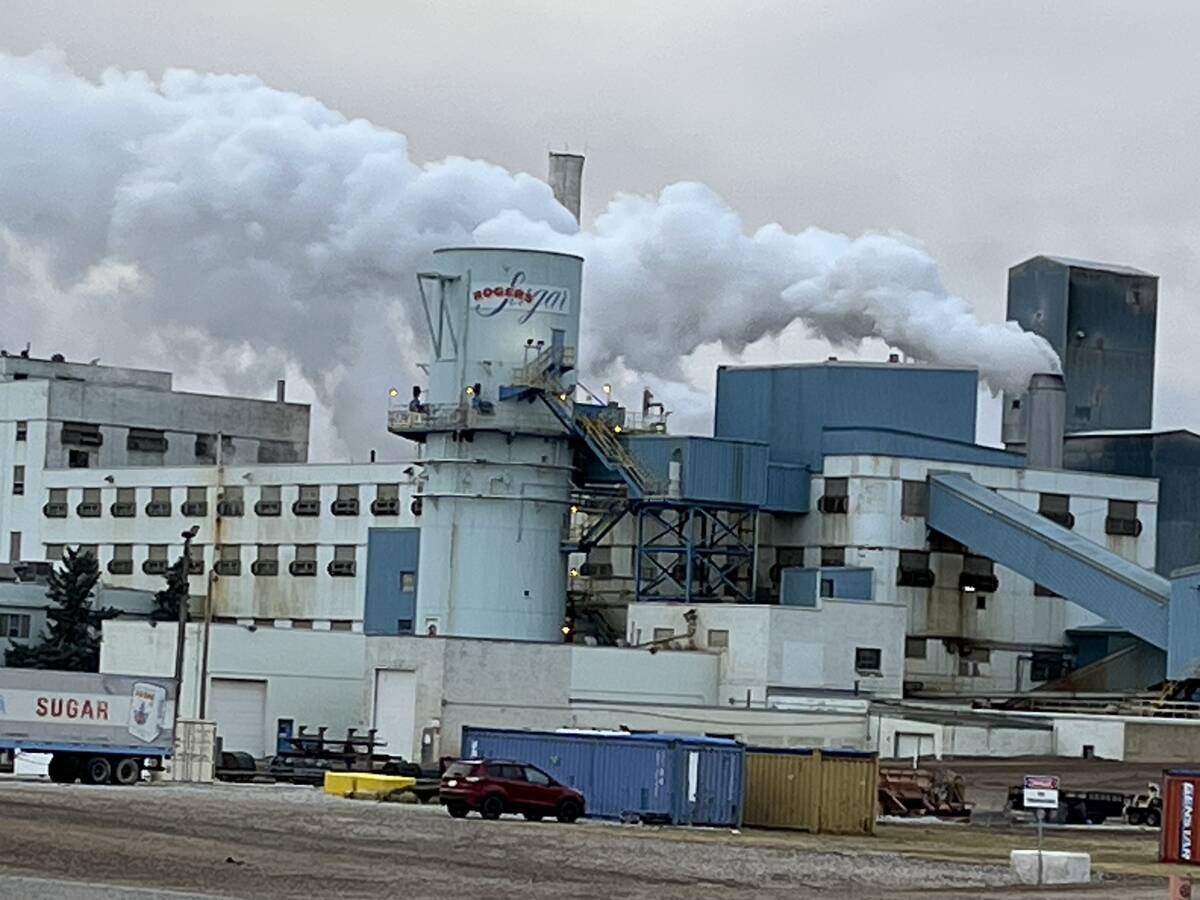REGINA – Saskatchewan’s new safety net for farmers stresses the whole farm concept through a two-pronged approach – an expanded net insurance stabilization account, and emergency relief in a free and voluntary sector program.
The two-year program, which replaces the Gross Revenue Insurance Plan, was announced Nov. 18 by Saskatchewan agriculture minister Darrel Cunningham and federal agriculture minister Ralph Goodale.
Saskatchewan has committed its money for three years, Cunningham said, and Goodale said the federal funding could be extended for a third year if a national safety net plan is not set up by then.
Read Also

Sugar beet harvest underway in southern Alberta
Alberta Sugar Beet Growers hosts field tour to educate the public on the intricacies of the crop, its harvest process, and contracts with Lantic Sugar
Main program
The heart of the new program is enhanced coverage of GRIP-covered commodities within NISA. Producers, who can now contribute two percent of their eligible net sales to their NISA account (which is matched by government money) will be allowed to contribute a further two percent on the grains, oilseeds and special crops that are now covered by GRIP. The two levels of government will match this extra contribution.
This part of the program is expected to have annual premium costs of $280 million – $140 million from producers and $140 million from governments – and is topped up with $100 million from the federal government, which is split over the two years of the program.
Emergency relief
The sector program, which starts in 1995, covers former GRIP commodities if there is a plunge in prices. The details of when payouts will occur and how they will be calculated have not been worked out, Cunningham said.
This part of the program does not cost producers. The Saskatchewan and federal governments will annually contribute a total of $85 million, with $50 million in federal money available if needed. To get the coverage, producers must have NISA accounts, even if they contribute nothing to them.
Deficit free
No deficits will be allowed in either the sector program or the enhanced NISA, Cunningham said. If payouts threaten to go beyond the money in the program, the payouts will be scaled back.
Cunningham said producers will be consulted by Dec. 31, on the details of the sector program.
Crop insurance will remain unchanged, with producers and government paying an annual $100 million in premiums and government swallowing the $30 million administration bill.
Forty-five million dollars is being turned away from the safety net and put into “development initiatives.” These include agricultural processing, biotechnology, land conservation, livestock diversification, education and training and home-based business development.
Some, but not all, of the government money in the GRIP surplus, which stands at about $780 million including producer premiums, will be put into the new safety net. Less than half the federal government’s $356 million in the surplus will go to the safety net, with $206 million being taken out of agriculture.
Money allotted for agriculture
Of Saskatchewan’s $188 million, $132 million is being kept in agriculture. Cunningham said the other $56 million will go back into the government’s general revenues.
Producers will be refunded their share of the surplus. That stands at $236 million, but agriculture officials said the real producer surplus is probably less than $100 million because of deferred premiums. Price fluctuations will also affect the total.
The enhanced NISA and the sector program will annually cost Saskatchewan $104 million and the federal government $195 million. Cunningham said he was happy with this split.















